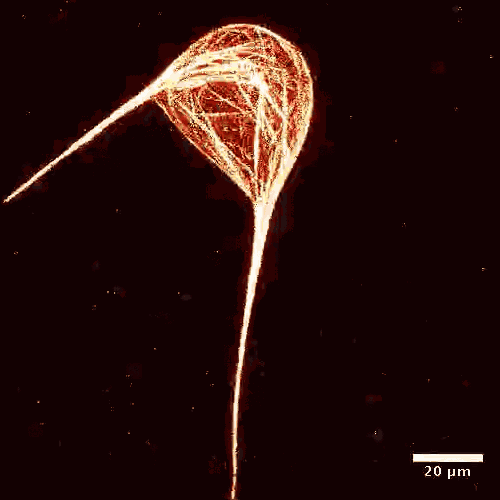Biophysics is an interdisciplinary field that combines principles from physics and biology to unravel the mysteries of living organisms. It explores how physical laws govern biological systems at various levels, from molecules to organisms. This article delves into the world of biophysics, tracing its historical roots, exploring key concepts, discussing techniques, applications, challenges, and future directions.
Introduction to Biophysics
Biophysics aims to understand life processes using the principles and methods of physics. It seeks to answer fundamental questions about how biological systems function, evolve, and interact with their environment. By applying quantitative and analytical approaches, biophysicists decipher the physical mechanisms underlying biological phenomena.
Historical Background
The origins of biophysics can be traced back to the 19th century when scientists began applying physical principles to biological problems. However, it wasn’t until the mid-20th century that biophysics emerged as a distinct discipline with the advent of new technologies and interdisciplinary collaborations.
Key Concepts in Biophysics
Molecular Biophysics
Molecular biophysics focuses on the structure, dynamics, and interactions of biological molecules such as proteins, nucleic acids, and lipids. Techniques like X-ray crystallography and NMR spectroscopy play a crucial role in elucidating the molecular architecture of biological macromolecules.
Cellular Biophysics
Cellular biophysics investigates the physical processes within cells, including membrane transport, signal transduction, and cytoskeletal dynamics. It explores how physical forces and chemical signals regulate cellular functions and contribute to the emergence of complex behaviors.
Systems Biophysics

Systems biophysics studies the behavior of biological systems at the organismal level, integrating principles from molecular and cellular biophysics. It examines how interactions between various components give rise to emergent properties and collective behaviors observed in living organisms.
Techniques in Biophysics
X-ray Crystallography
X-ray crystallography is a powerful technique used to determine the three-dimensional structure of crystallized biological molecules. By analyzing the diffraction patterns produced when X-rays interact with the crystal lattice, researchers can reconstruct the atomic arrangement of the molecule.
Nuclear Magnetic Resonance (NMR) Spectroscopy
NMR spectroscopy provides insights into the structure, dynamics, and interactions of molecules in solution. By measuring the magnetic properties of atomic nuclei, NMR allows researchers to probe molecular structures and study conformational changes in real-time.
Electron Microscopy
Electron microscopy enables high-resolution imaging of biological specimens at the nanometer scale. By using electron beams to illuminate the sample, researchers can visualize cellular structures, organelles, and macromolecular complexes with unprecedented detail.
Drug Discovery and Development
Biophysical techniques are instrumental in drug discovery, helping researchers identify potential drug targets, optimize lead compounds, and study drug-receptor interactions. By understanding the molecular mechanisms of disease, biophysicists contribute to the development of novel therapeutics.
Understanding Biological Processes
Biophysics provides insights into fundamental biological processes such as enzyme catalysis, protein folding, and DNA replication. By unraveling the physical principles governing these processes, researchers gain a deeper understanding of life at the molecular level.
Biomedical Engineering
Biophysicists collaborate with engineers to design innovative biomedical devices and technologies. From artificial organs to biosensors, these interdisciplinary efforts bridge the gap between physics, biology, and medicine, offering new solutions to healthcare challenges.
Challenges and Future Directions
Despite significant advancements, biophysics faces several challenges, including data integration, computational modeling, and interdisciplinary communication. Addressing these challenges will require collaboration across disciplines and the development of novel methodologies to tackle complex biological problems.
Conclusion
Biophysics serves as a bridge between physics and biology, offering unique insights into the intricate workings of living systems. By applying quantitative approaches and cutting-edge technologies, biophysicists continue to unravel the mysteries of life, driving innovations in healthcare, biotechnology, and beyond.
FAQs
What is biophysics?
Biophysics is an interdisciplinary field that combines principles from physics and biology to study biological systems using quantitative and analytical approaches.
What are some key techniques in biophysics?
Key techniques in biophysics include X-ray crystallography, nuclear magnetic resonance (NMR) spectroscopy, and electron microscopy.
What are the applications of biophysics?
Biophysics has applications in drug discovery and development, understanding biological processes, and biomedical engineering.
What are the challenges facing biophysics?
Challenges facing biophysics include data integration, computational modeling, and interdisciplinary communication.
What is the future direction of biophysics?
The future of biophysics involves addressing challenges through interdisciplinary collaboration and the development of innovative methodologies.








